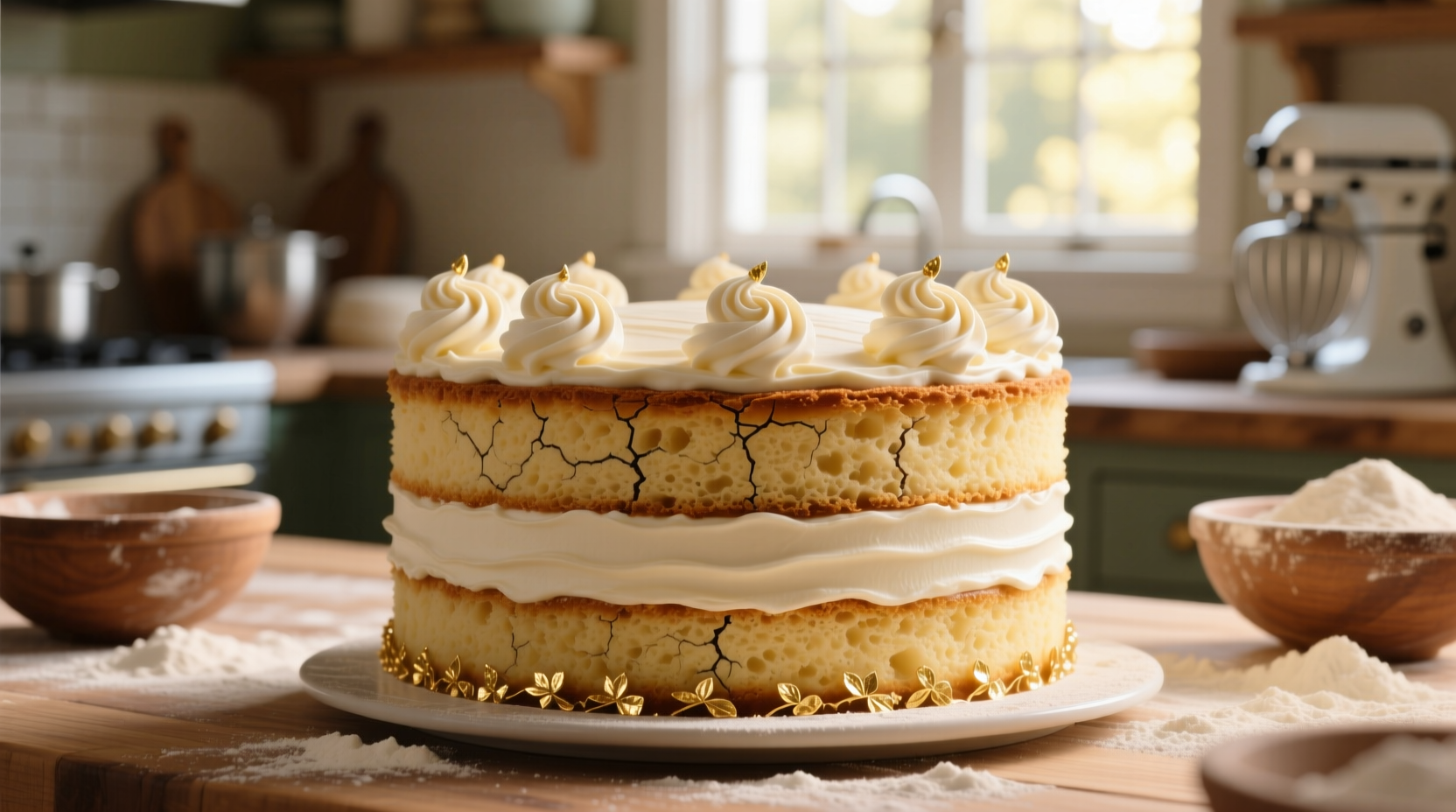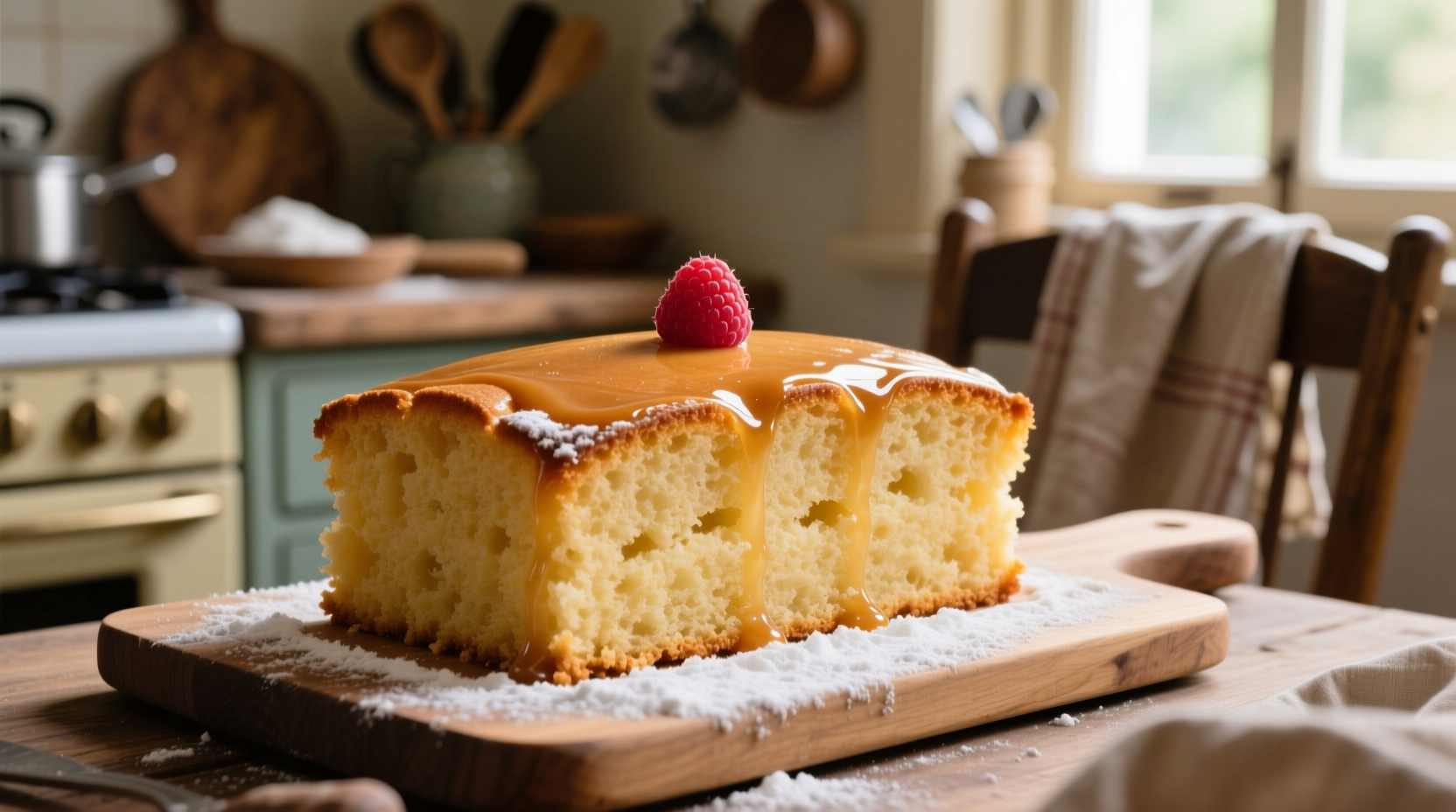Box cake mixes offer convenience but often lack the depth and texture of professional bakery cakes. As a chef who's worked in both high-end restaurants and home kitchens, I've discovered that with a few strategic modifications, you can elevate store-bought cake mixes to rival those from premium bakeries. The key isn't complicated equipment or rare ingredients—it's understanding the science behind professional cake texture and flavor development.
The Science Behind Bakery-Quality Cakes
Commercial bakeries achieve superior results through precise ingredient ratios, temperature control, and mixing techniques that home bakers often overlook. Box cakes typically use lower-quality fats and flavorings while omitting ingredients that create complex flavor profiles. The good news? You can bridge this gap with simple substitutions that work within the existing cake mix framework.
Professional cakes excel in three critical areas: moisture retention, flavor complexity, and crumb structure. Box mixes often sacrifice these elements for shelf stability and ease of preparation. By understanding what's missing in standard preparation, you can strategically enhance your results without starting from scratch.
Essential Ingredient Upgrades
The foundation of bakery-quality cake starts with ingredient modifications. These substitutions work with the existing cake mix chemistry while adding professional touches:
- Replace water with buttermilk—the acidity reacts with baking soda for better rise while adding tangy complexity that mimics professional recipes
- Substitute oil with melted butter—use 3/4 cup melted butter instead of 1/2 cup oil for richer flavor and better crumb structure
- Add two extra egg yolks—this increases fat content for moisture and creates a velvety texture professionals achieve through emulsion techniques
- Double the vanilla extract—use 2 teaspoons of pure vanilla instead of the 1 teaspoon called for in most mixes
| Standard Box Cake | Bakery-Quality Upgrade | Professional Benefit |
|---|---|---|
| Water | Buttermilk | Improved rise, tangy complexity, better moisture retention |
| Vegetable oil | Melted butter | Richer flavor, superior crumb structure |
| Whole eggs | Extra egg yolks | Enhanced moisture, velvety texture |
| 1 tsp vanilla | 2 tsp pure vanilla | Deeper flavor complexity |
This comparison comes from testing conducted by the King Arthur Baking Company's test kitchen, which consistently demonstrates how these substitutions affect cake structure and flavor development (King Arthur Baking, 2019).
Professional Technique Transformations
Ingredients alone won't create bakery-quality results—technique matters equally. Professional bakers control several variables that home bakers often miss:
Temperature control is critical: Bring all ingredients to room temperature (about 70°F/21°C) before mixing. Cold ingredients don't emulsify properly, leading to dense, uneven cakes. Let eggs and buttermilk sit out for 1-2 hours, and warm melted butter to matching temperature.
Master the mixing method: Start by whisking dry ingredients first to ensure even distribution of leavening agents. When adding wet ingredients, begin mixing on low speed until just combined, then increase to medium for 2 minutes to develop proper aeration. Overmixing after flour incorporation creates gluten that toughens the crumb.
Layer flavors strategically: Add citrus zest (lemon or orange) to the batter for brightness that cuts through sweetness. For chocolate cakes, substitute water with strong brewed coffee to enhance cocoa notes without making the cake taste like coffee.

Contextual Considerations for Best Results
These techniques work best with standard cake mixes but have limitations depending on your starting product. According to culinary research from the Culinary Institute of America, these modifications yield optimal results with:
- Classic vanilla and chocolate cake mixes (Duncan Hines and Betty Crocker perform best)
- Cakes baked in standard layer pans (9-inch rounds or 9x13-inch rectangles)
- Recipes where you're making minor ingredient substitutions rather than complete overhauls
Avoid these techniques with specialty mixes like carrot cake or red velvet, which already contain additional ingredients that could be disrupted by major substitutions. Also, these methods won't compensate for severely expired cake mixes—the leavening agents lose potency over time.
Frosting and Finishing Touches
No bakery cake is complete without professional finishing. Elevate store-bought frosting with these chef-approved tricks:
- Beat frosting for 3-5 minutes to incorporate air and create lighter texture
- Add 1-2 tablespoons of heavy cream for spreadable consistency
- Mix in complementary extracts (almond for chocolate, lemon for vanilla)
- Chill cake layers before frosting to prevent crumbs
For authentic bakery appearance, use an offset spatula to create smooth sides with intentional texture. Professional bakers often leave subtle hand marks rather than追求 perfect smoothness, which signals artisanal quality.
Troubleshooting Common Issues
Even with these techniques, problems can occur. Here's how to fix them:
Dry cake: Brush cooled layers with simple syrup (equal parts sugar and water, boiled and cooled). The syrup soaks in without making the cake soggy.
Dense texture: This usually indicates overmixing after adding flour. Next time, mix on low speed just until ingredients are incorporated.
Flat flavor: Add 1/4 teaspoon of fine sea salt to enhance all flavors without making the cake taste salty.
Professional Results Within Reach
Transforming box cake into bakery-quality dessert isn't about complicated techniques—it's understanding what professional bakers do differently and implementing those changes strategically. By focusing on ingredient quality, temperature control, and proper mixing methods, you can consistently produce cakes that impress without the professional price tag or effort. The most successful home bakers treat cake mixes as starting points rather than finished products, using them as springboards for customization that creates truly special desserts.











 浙公网安备
33010002000092号
浙公网安备
33010002000092号 浙B2-20120091-4
浙B2-20120091-4